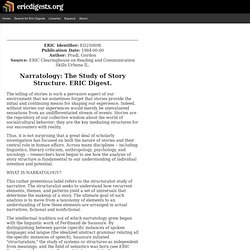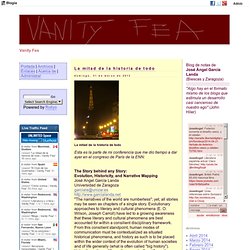

Peter Buffett: Change Our Story: Escape Velocity. When I was young, I remember being awestruck at the massive power of the Saturn V rocket as it lifted astronauts into space toward the moon.

It took so much effort to get that rocket off the ground. But then I would see animations of what would happen once the stages had been cast off and just the top of the rocket, the Command and Service Modules, were in space. The maneuvering looked effortless. Specifically, it took over 7.5 million pounds of thrust to get to the first 220,000 feet. Once in space, the Service Module needed about 100 pounds of thrust to change position. Every day we live our lives in the gravitational pull of our belief systems. We need to create meaning out of everything we encounter. Everything we experience becomes a story we're deciding to believe. That doesn't mean that outside forces don't count. This is why escape velocity requires so much effort. But it is possible. For more by Peter Buffett, click here. For more GPS for the Soul, click here. World Science Festival. Narratology: The Study of Story Structure. ERIC Identifier: ED250698 Publication Date: 1984-00-00 Author: Pradl, Gordon Source: ERIC Clearinghouse on Reading and Communication Skills Urbana IL.

The telling of stories is such a pervasive aspect of our environment that we sometimes forget that stories provide the initial and continuing means for shaping our experience. Indeed, without stories our experiences would merely be unevaluated sensations from an undifferentiated stream of events. Stories are the repository of our collective wisdom about the world of social/cultural behavior; they are the key mediating structures for our encounters with reality.
Thus, it is not surprising that a great deal of scholarly investigation has focused on both the nature of stories and their central role in human affairs. This rather pretentious label refers to the structuralist study of narrative. The intellectual tradition out of which narratology grew began with the linguistic work of Ferdinand de Saussure. Applebee, Arthur. Bergold, Sharon. Narreme. Bibliography[edit] Bonheim, Helmut. 2000.

"Shakespeare's narremes. " In: Shakespeare Survey 53: Sakespeare and narrative. Edited by Peter Holland. Cambridge: Cambridge University Press, pp. 1-11.[1]Dorfman, Eugène. 1969. Notes[edit] See also[edit] World Science Festival. La mitad de la historia de todo. Esta es la parte de mi conferencia que me dio tiempo a dar ayer en el congreso de París de la ENN: The Story behind any Story: Evolution, Historicity, and Narrative Mapping José Angel García Landa Universidad de Zaragoza "The narratives of the world are numberless"; yet, all stories may be seen as chapters of a single story.

—oOo— Narratology was born with a scientific aspiration to universality. Paul Ricoeur pointed out the cognitive importance of emplotment, as first conceived by Aristotle. Emplotment and narrativity allow us to see, or to establish, the connection in a series of events. Unity and unity-finders have been much disparaged since the 1960s, although they no doubt tell part of the truth in the story. As my title suggests, I want to emphasize one such aspect of narrative, its inherent power to provide unification, to connect—in the last analysis, to connect all narratives in a cognitive step which makes sense of the whole of the world we live in. Chimamanda Adichie: The danger of a single story.